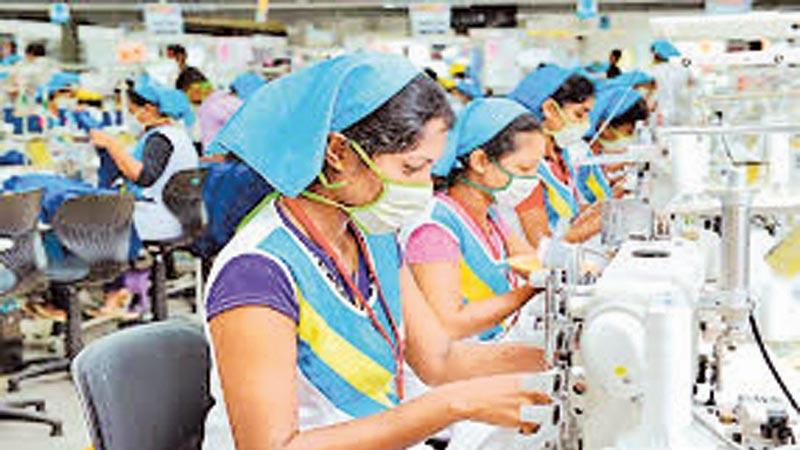
A major transformation in the education system focused on creating a digital savvy workforce is critical to accelerate economic growth in a rapidly changing global business landscape, said economists reviewing a survey on employment in Sri Lanka released by the State Statistics office recently.
Former Central Bank Deputy Governor Dr. W.A. Wijewardena said it is extremely important to go in for major educational reforms to create a digital collar work force if Sri Lanka is to achieve higher economic growth through a productive labour force.
“It is high time the country focuses on a digital workforce rather than sticking to traditional white collar jobs that are fast becoming irrelevant in the fast changing technology driven economy,” he said.
Digital technologies have altered fundamentally every aspect of business operation today. A new study reveals that corporates which are more technologically inclined have a better chance of retaining and attracting younger workers.
While collar workers perform professional, managerial or administrative work in an office or other administrative settings.
“Today an employee of a cab service company knows better to operate a smart phone and do his job efficiently than a three-wheel driver who is less technology savvy. We need farmers, fishermen and those in the informal labour force to be digital savvy enabling them to forecast weather using modern technology,” Dr. Wijewardena said.
A large segment of Sri Lanka’s labour force is employed in the State sector whose productivity is negative. Overstaffed institutions, archaic systems and processes, unmotivated employees, mismanagement and corruption boil down to low productivity in the State sector.
“Government doctors, teachers and the railway employees are ready to strike at the drop of a hat to secure their rights and privileges forgetting that they were educated and trained using tax payers hard earned money,” Dr. Wijewardena said, adding that employment in the State sector is high because of the large number of jobs offered to youth by successive governments.
He said the labour force survey is misleading as the definition given to an employee does not indicate the welfare of the worker. It defines an employee as someone who works one hour daily for a period of 14 days for a wage and those who do not fall into the category are considered unemployed.
“The wage rate per hour in Sri Lanka is Rs. 100. What could one do with that to make a living,” Dr. Wijewardena said.
Executive Director Verite Research, Dr. Nishan de Mel said the country needs a proper measurement of its workforce engagement but above that it also needs to gauge workforce productivity.
“For example, around 28 percent of the workforce is employed in the agriculture sector which contributes around eight percent of the GDP. This sector is ripe for a productivity transformation. Therefore, we need our economic policies to focus not only on increasing employment, but also on enhancing productivity,” he said.
“Around 28 percent of the workforce is employed in the agriculture sector which contributes around eight percent of the GDP. We need policies focused on enhancing productivity of the labour force that would be best for the country rather than concentrating only on employment and unemployment numbers,” he said.
According to the Sri Lanka Labour Force Survey, the number of unemployed people in the country during the second quarter this year is estimated at 420,231, a 0.3 percent rise from the corresponding period last year and a 0.2 percent increase from the last quarter.
Statistics shows that of the 8.6 million economically active population, nearly 65 percent are males and of around 7.8 million economically inactive segment 26.0 percent are males and 74.0 percent are females.
The survey also reveals high male participation across all age groups with the highest from age between 35 to 39 and 40 to 44 for females.
During the period under review, of the total number employed service sector accounts for around 47.5 percent, industries 28.3 percent and agriculture 24.3 percent.
Employment in the agriculture and industrial sectors has increased during the second quarter this year compared to the corresponding period last year.
